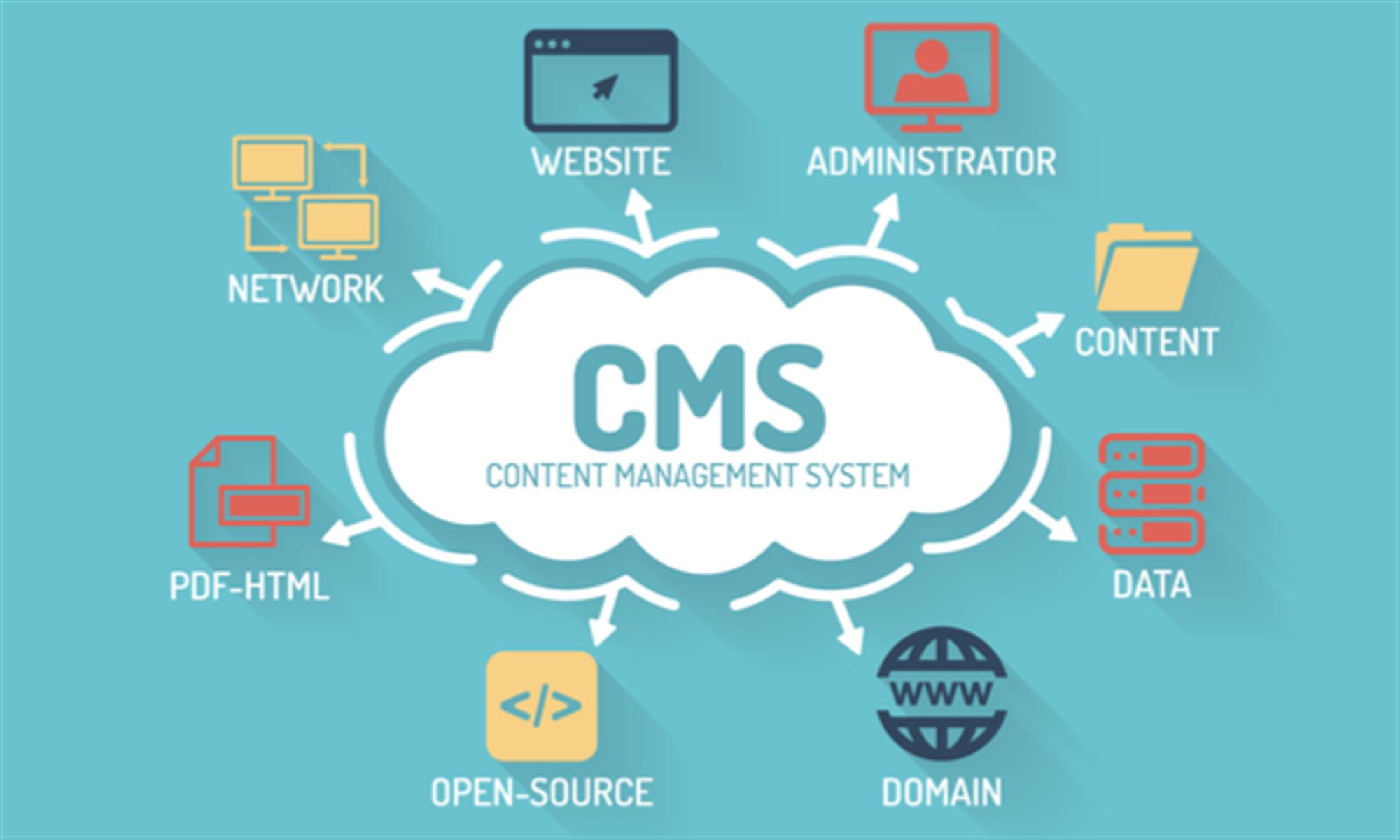Business digital transformation with Mixcore CMS
It will come as no surprise that people are spending ever-increasing amounts of time consuming media across digital channels—including smartphones, digital video, social media, TV and laptops—and especially in a time of COVID-19 lockdowns.
As the need to transform digitally increases, businesses’ likely first question is, “Where do we begin?”
It will come as no surprise that people are spending ever-increasing amounts of time consuming media across digital channels—including smartphones, digital video, social media, TV and laptops—and especially in a time of COVID-19 lockdowns. This underscores the fact that, with digital media on the rise, organizations and publishers are entering a new era of customer demand driven by digital transformation. And it’s not just media companies that must keep pace with these changing consumer needs; users across the spectrum, from B2B customers and online shoppers to employees of the biggest Fortune 500 corporations, want—indeed, expect—the best possible information and online experiences at their digital fingertips.
Today and into the future, the success of brands, businesses and organizations to transform digitally and meet ever-changing customer needs will depend on the efficiency with which they operate in order to enhance the content-publishing workflow and improve business performance.
Digital transformation is not a standalone instance—chief technology officers, information technology professionals and software engineers know that their business success depends on prioritizing efficient business processes and governance that will drive transformation towards a desired future state. At the heart of making this happen is choosing a content management system that following three key ingredients:
1. An integration and migration-friendly framework
The need to transform digitally has been a pressure organizations and publishers have faced for more than a decade in light of shifting consumer behavior and revenue performance. With the pandemic accelerating that need now more than ever, businesses’ likely first question is, “Where do we begin?”
In choosing a content management system that will future-proof the business to deliver content on the channels customers are now using, all content publishers—whether media companies, brand storytellers or corporate communications teams—need to first focus on the back end. This means starting with a CMS that is integration-ready and migration friendly.
Integrations and the ability to migrate existing systems moves businesses forward faster by utilizing tools and processes already in place. This avoids a complete rip-and-replace approach, while increasing efficiencies by bringing all existing systems and workflows into one unified content hub. Through being able to easily and deeply integrate additional third-party and proprietary systems into the publishing workflow, organizations can get started quicker and easier to achieve greater operational efficiency.
Content Business Platform is Integration Ready
Benefits of a migration and integration-ready CMS
Flexibility to work with any third-party system on the back end
Ability to extend relevant enterprise information and systems
Deeper integrations with third-party data and publishing experiences
Streamlined content creation via new and emerging technologies like machine learning and artificial intelligence
Cleaner migrations through bulk editing and custom workstreams that avoid manual work
With Brightspot’s integration-ready platform, time spent on tasks like creating definitions and new architectures when other tools, applications or data are introduced to the system are minimized. Instead, organizations’ integrated data becomes part of the platform, and new data can easily be integrated over time.
Brightspot’s Content Business Platform was built on the fact that integrations are iterative and the ability to migrate data is key. Front-end flexibility—as this piece will touch on in a later section—plays a big role in helping businesses continuously transform to meet customer expectations, but it’s nothing without strong back-end capabilities like integration and migration to begin with. In the end, these capabilities allow organizations to future proof and reduce technical debt over the long term.
2. Capabilities to extend your existing business logic
Once a publisher gets started successfully on their digital transformation journey through an integrated approach, they now need to ensure they can build their own business logic and workflows into their system. Choosing a CMS that will adapt to a business’s specific needs and allow them to create their own workflows is the second critical piece when choosing a CMS to drive digital transformation.
Screenshot of Brightspot workflow tool
WORKFLOWS
Creating custom workflows through Brightspot
Regardless of the final output and presentation, custom workflows are key to overcoming bottlenecks in the publishing process. Every organization has unique challenges and bottlenecks to solve for, meaning they need a flexible solution that allows them to create their own workflows depending on business needs.
Brightspot lets organizations and publishers build their own business logic and workflow into the system. Creating custom workflows is quick and easy, while in other systems, this would be a daunting task that requires heavy IT support. Meanwhile, implementing a site’s business logic through content data modeling with Brightspot is a much more simplified process that allows users to clearly model each piece of data as needed from the ground up, and easily control their content as their businesses change and grow.
3. The ability to support front-end flexibility
Once organizations and publishers have considered the first two critical decisions to choosing a CMS—getting started with a system that is integration and migration-friendly, and adopting a solution that acts as an extension of an existing business logic and workflow—the third factor that ties all of this together is considering a CMS that allows for front-end flexibility.
Having ultimate flexibility in how digital content is created and presented means increased operational efficiencies and stronger business performance—not to mention greater control for the respective digital publisher. This is done through the option of headless or hybrid CMS.
Benefits of a headless CMS to increase business efficiencies and continually transform
A headless approach splits the work cleanly between the back and front ends. Ultimately, this means businesses can move quicker, and authors and developers can constantly optimize their own processes to determine what will deliver the greatest efficiency. The separation of content and presentation that allows these teams to work independently also accelerates time to market, leading to increased value for the customer.
With digital transformation being a continuous, iterative process, the other major benefit of a headless CMS is that it supports digital-media entities in future-proofing their businesses by making it easy to shift alongside technology as needs and expectations change. The flexibility of a headless architecture means organizations can support any new device or platform that they may need to in the future.
When a headless approach makes sense for your business
Compared to a traditional or decoupled architecture, headless is known as one of the most flexible, developer-friendly CMS options. Still, there are considerations and questions to be addressed before adopting a headless approach.
A headless-only approach is the best option for digital organizations with robust development teams who know their way around additional technologies required to establish the front end.
With a headless architecture comes a lack of content presentation functionality, out-of-the-box templates and themes, meaning teams will need to source additional technologies to serve as the “head.” (Source)
Through Brightspot, a hybrid approach is an option. This combines headless and decoupled architectures, allowing for a greater level of control over different experiences to a browser window or a device.
How to choose a CMS built for digital transformation
The pandemic has slowed down many facets of people and business’s daily lives. At the same time, however, it’s accelerated other factors—including the need to transform. From work-from-home collaboration to e-commerce transactions, online experiences are the currency of the moment. To connect with today’s customers across channels, media companies, publishers, brands and corporations will benefit from a content management system that doesn’t just work for now, but that is also built for the future.
To recap, a content management system needs three things to truly move businesses forward:
Allow organizations to get started managing their digital content business quickly
Act as an extension of their existing business logic, workflows and content types
Provide ultimate flexibility in how digital content is created and presented
Front-end flexibility alone won’t lead to long-term success—a CMS must provide the right functionalities on the back end that will drive the transformation to solve unique business problems now and into the future.
With Brightspot’s modern architecture, publishers get more than the option of a decoupled, headless or hybrid approach to content management. Deep integrations and migrations, along with the ability to support an organization’s own business logic and existing workflow, means businesses are set up for success from the beginning.
Mixcore CMS will be your 1st choice with your Business digital transformation!


